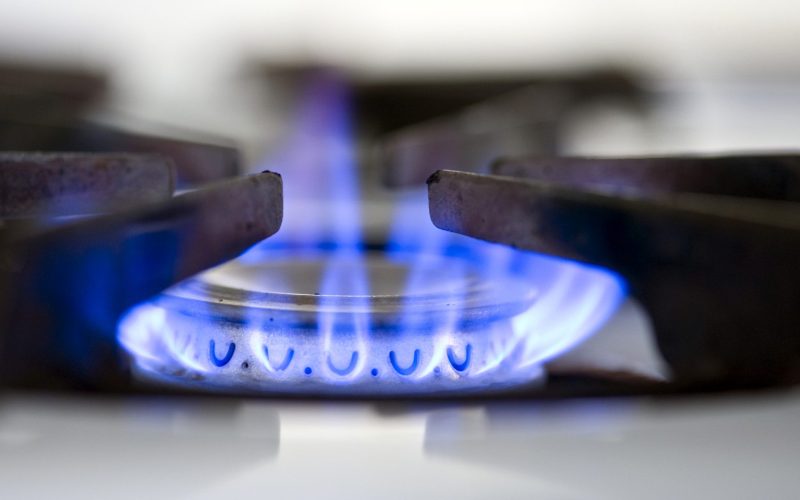THE VOICE FOR THE ENERGY CONSUMER

CHICAGO, IL – Removing natural gas service and usage could cost Chicago households more than $27,000 each, a Consumer Energy Alliance (CEA) analysis found. The report “The Hidden Costs of.

Marc Brown, CEA Northeast’s Executive Director, sat down with WCAX to talk about how keeping the heat on this winter at an affordable price may be tougher this winter due.

While today is National Energy Conservation Day, as we look for ways to improve our direct impacts to climate change, here at Consumer Energy Alliance, we believe the act of.

The Biden administration’s regulatory plan released on Dec. 10 will miss a self-imposed deadline to roll back key Trump-era efficiency standards this year. The Office of Management and Budget said.

Even with the Biden administration’s call for the power sector to decarbonize, many Southeastern utilities plan to add large amounts of natural gas to their grids, a move they say.

CEA’s Chris Ventura discusses the policy choices will lead to $13.6 billion more in heating costs, forcing families to choose whether they have enough money to heat their homes or.

As New Englanders get ready for the harsh winter months ahead, the regional grid operator has already warned rolling blackouts may be possible. With a lack of investment in pipeline.

As higher gasoline and diesel prices continue to harm consumers and small businesses, The Columbus Dispatch examined the impact shutting down Line 5 would have across Ohio, citing CEA’s economic.

The White House commented on Monday that the U.S. will proceed with its plan to release 50 million barrels of oil from its strategic reserves despite a new coronavirus variant.

As activist judges seek to shut down critical energy infrastructure because they dislike the results of often years-long regulatory processes by state and federal agencies, CEA’s Midwest Executive Director Chris.